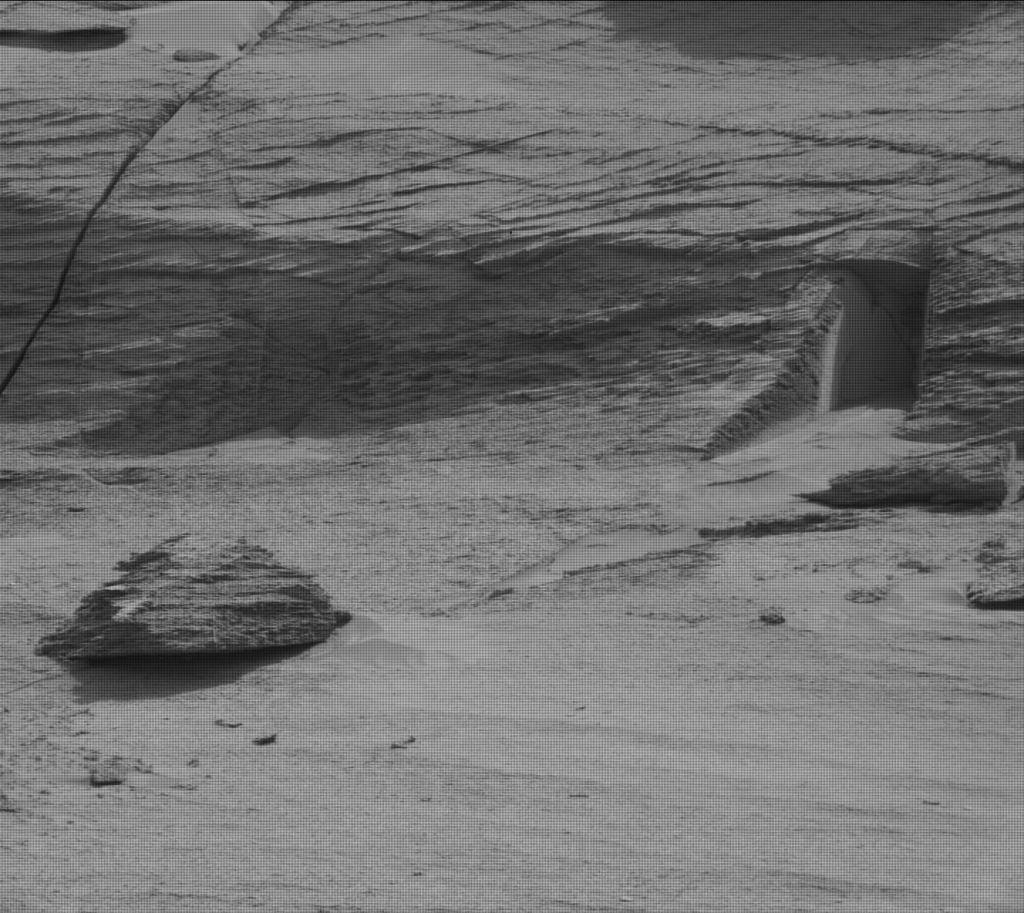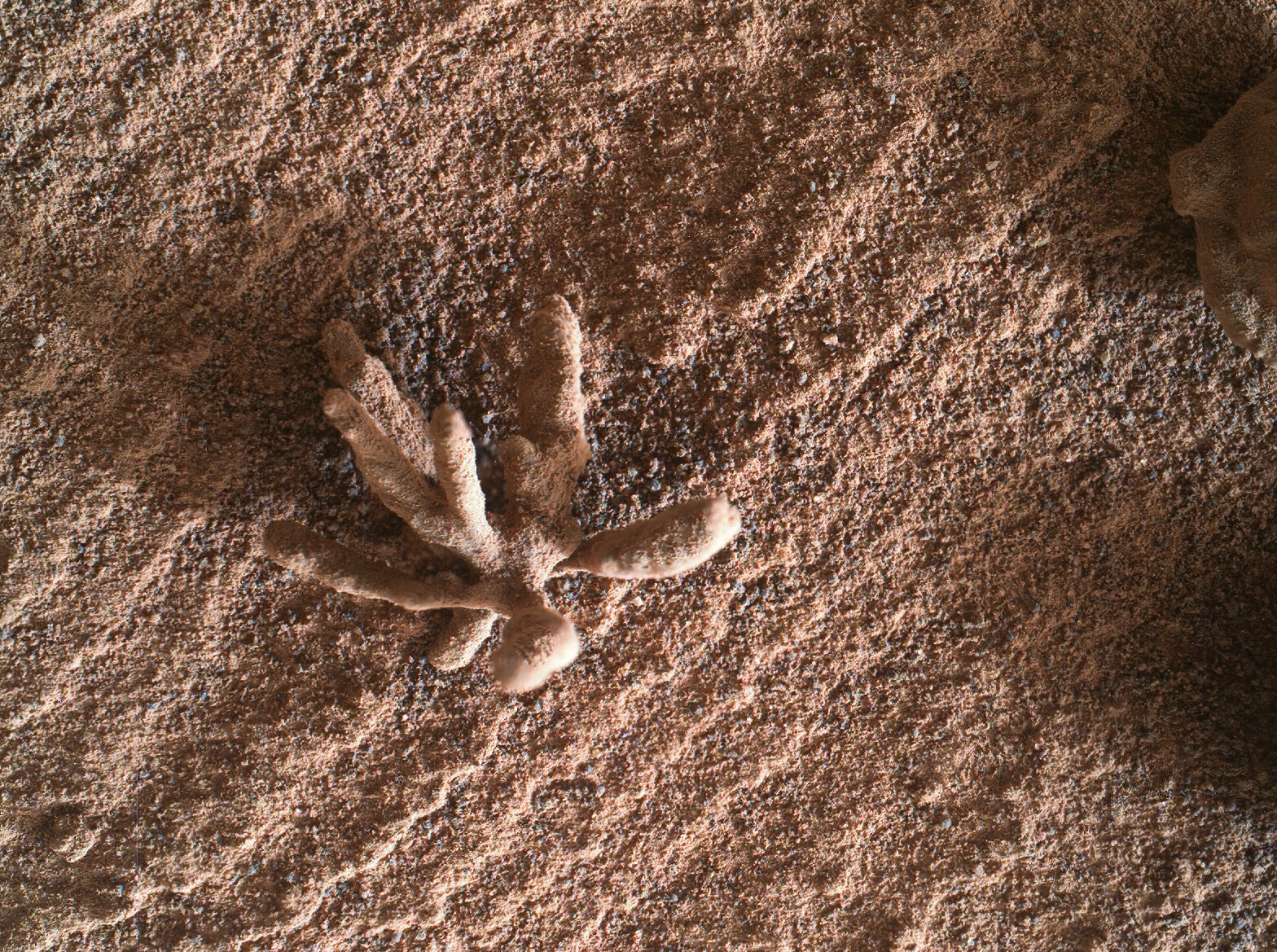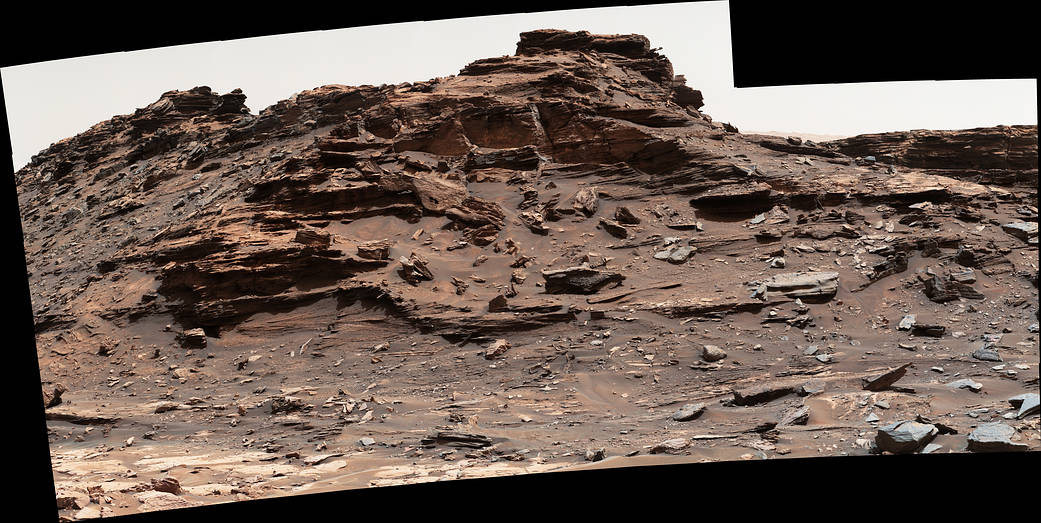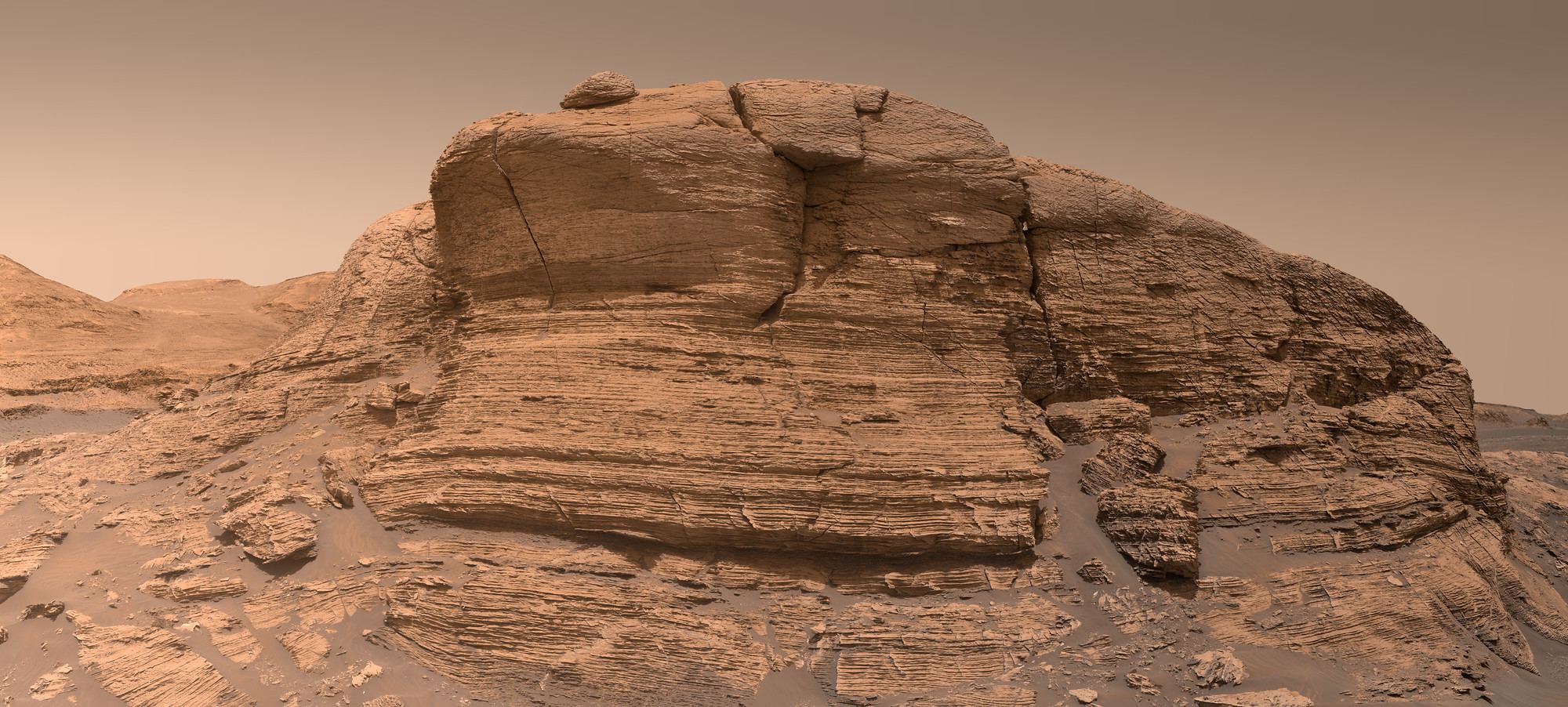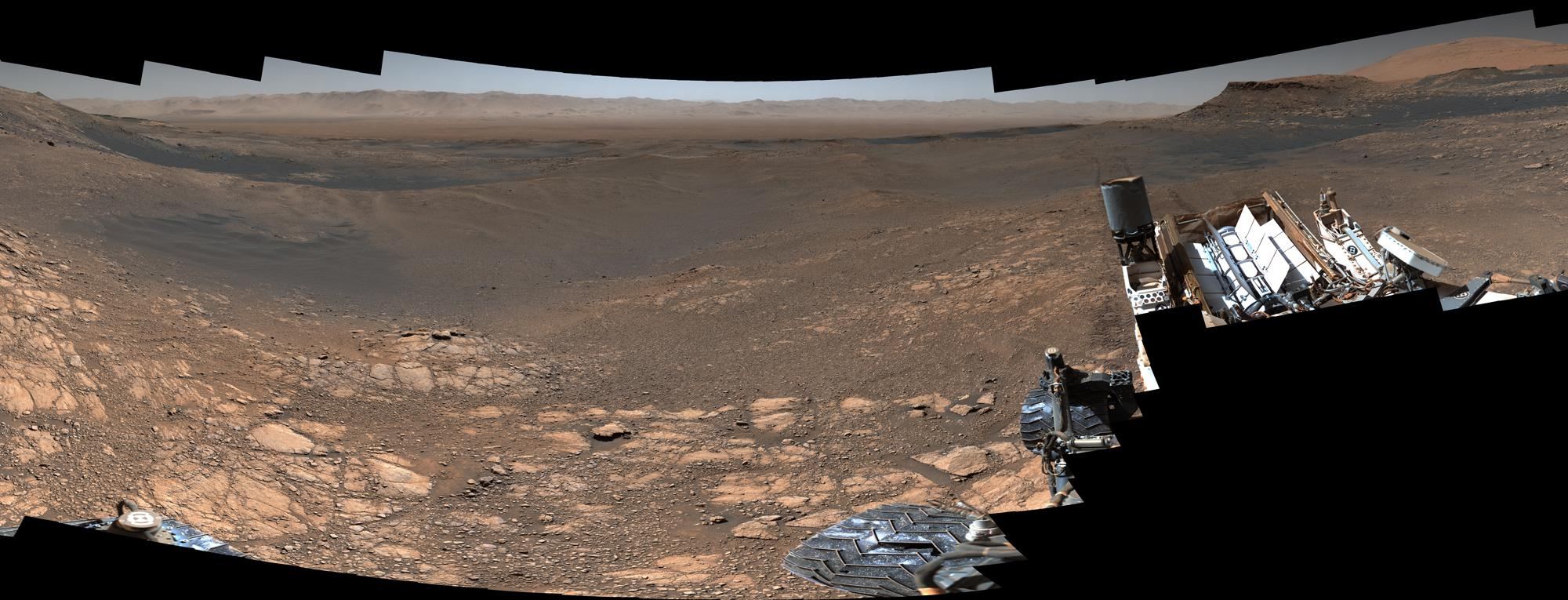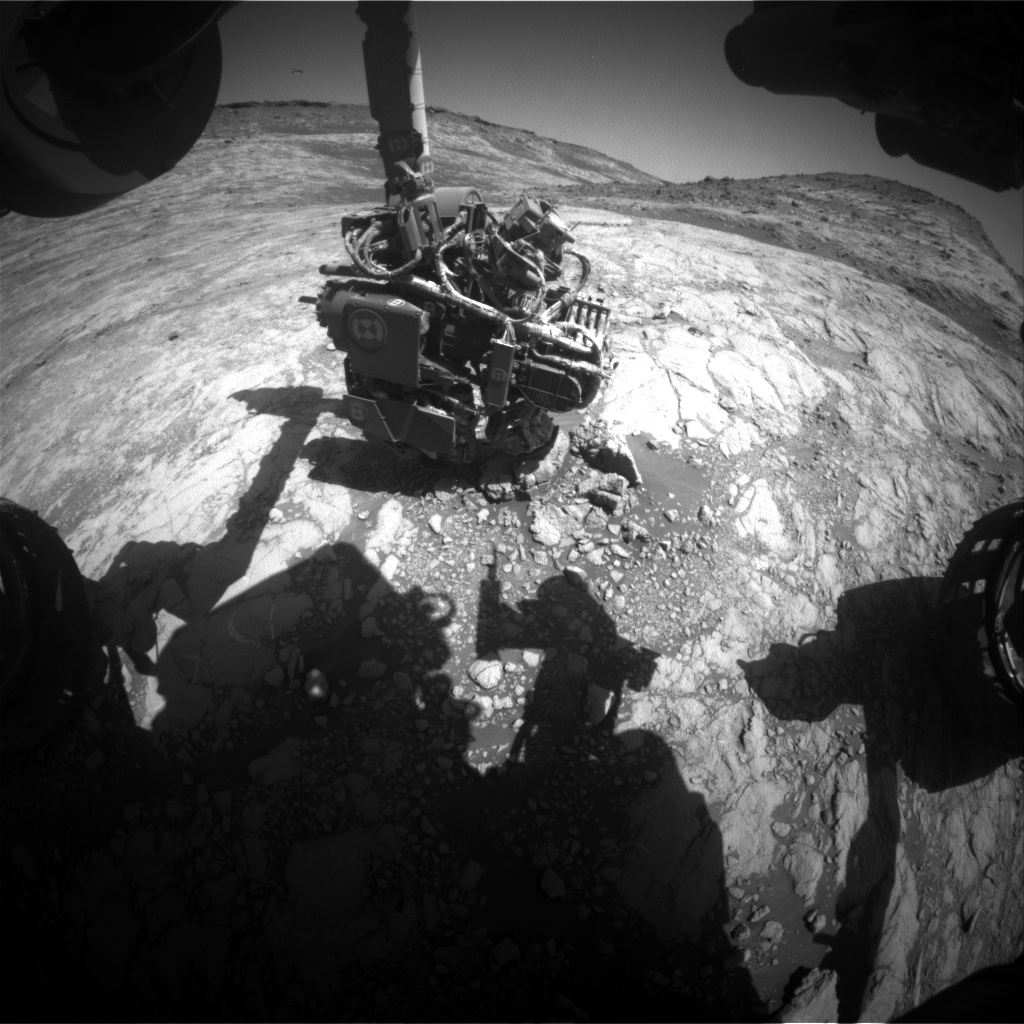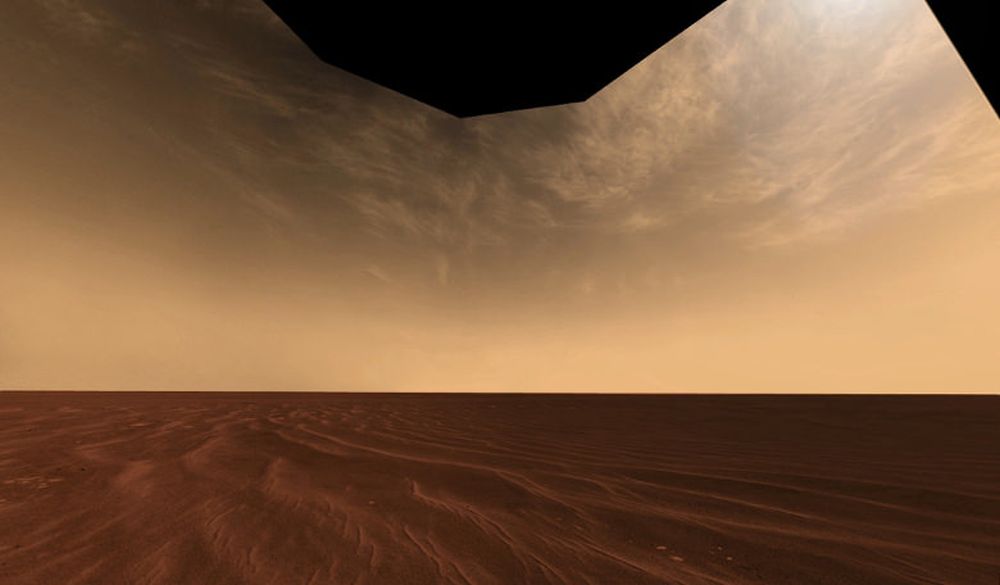Mars is bombarded with radiation. Without a protective magnetic shield and a thick atmosphere like Earth’s, radiation from space has a nearly unimpeded path to the Martian surface. Our machines can roam around on the surface and face all that radiation with impunity. But not humans. For humans, all that radiation is a deadly hazard.
How can any potential human explorers cope with that?
Well, they’ll need shelter. And they’ll either have to bring it along with them or build it there somehow.
Or maybe not. Maybe they could use natural features as part of their protection.
Continue reading “There are Natural Features on Mars That Could Serve as Radiation Shelters”


